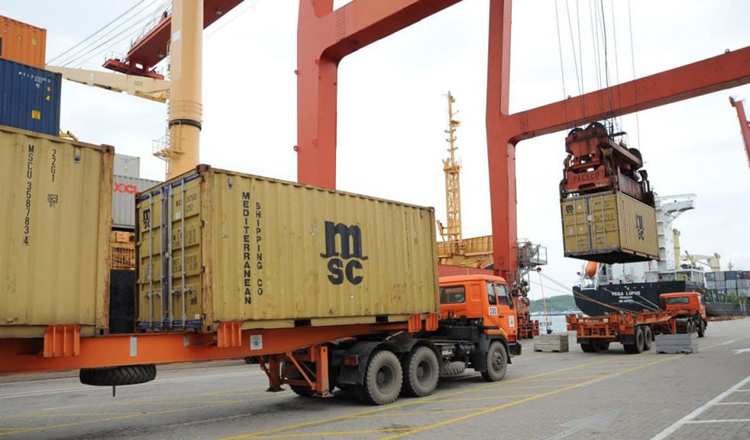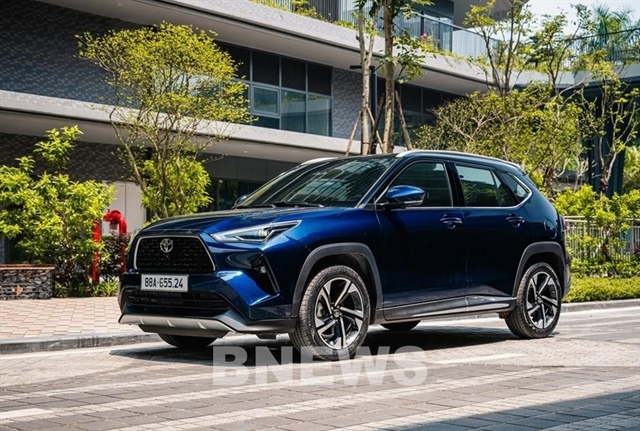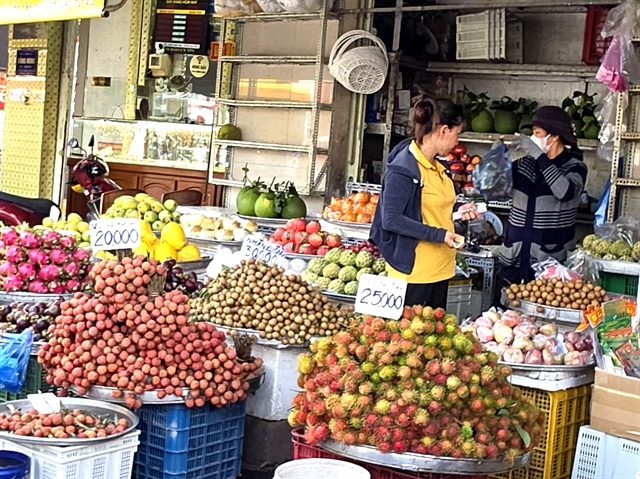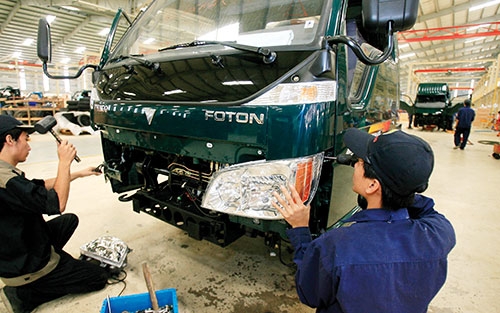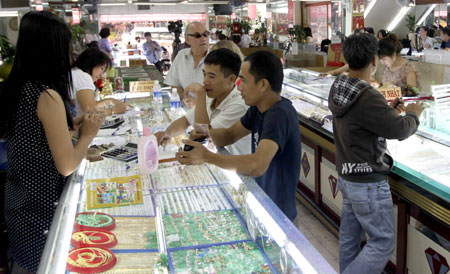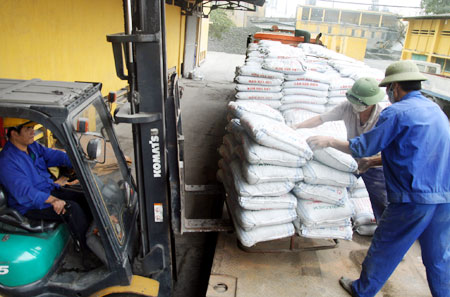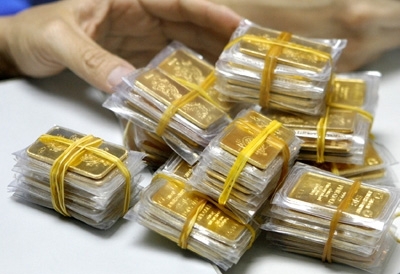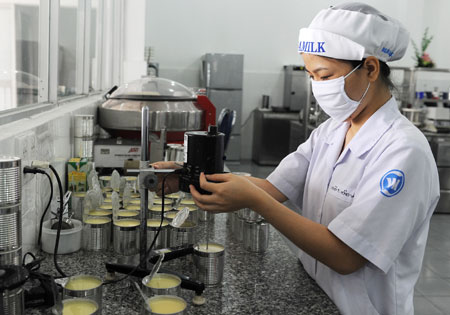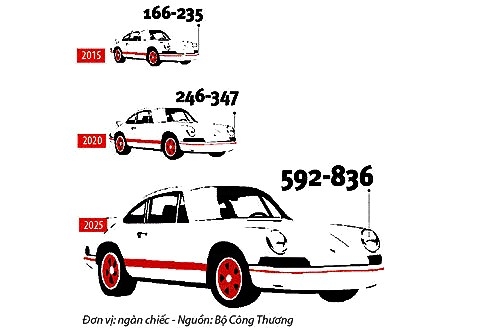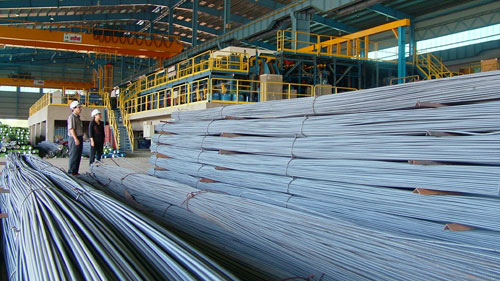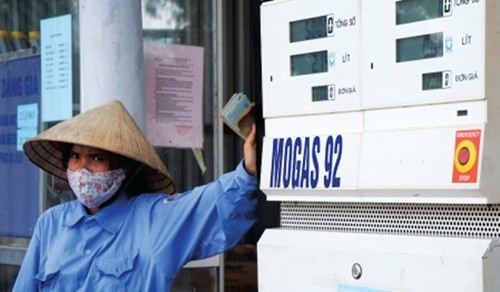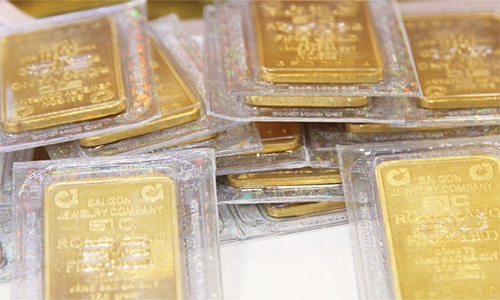CBU car imports to see prices plummet from 2014
CBU car imports to see prices plummet from 2014
The cars to be imported from ASEAN countries under the mode of complete built units (CBU) would reduce to 50 percent from 2014. If the domestic taxes and fees remain unchanged, the prices of imports at which Vietnamese can buy would be much lower.
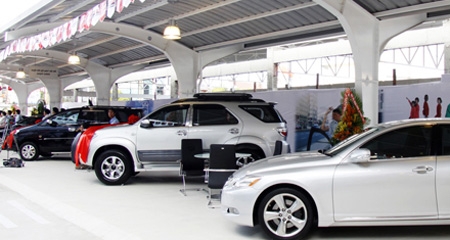
Import car prices on the decrease
Under the AFTA, the ASEAN Free Trade Agreement, the import tariff on CBU imports from ASEAN would decrease to 50 percent by 2014, to 35 percent by 2015, to 20 percent by 2016, to 10 percent by 2017 before it is cut to zero percent by 2018.Meanwhile. the Ministry of Industry and Trade has proposed the Ministry of Finance to set up another tariff cut roadmap, under which Vietnam would keeps the high import tariff as long as possible to develop the local automobile industry.
Under the roadmap suggested by the industry ministry, Vietnam would reduce the import tariff to 50 percent in 2014, keep the 50 percent tariff in 2015, then reduce to 40 percent in 2016, to 30 percent in 2017, and would cut the tariff to zero percent by 2018 as committed.
As such, in both of cases, the CBU import tariff on the imports from ASEAN would be reduced to 50 percent by 2014. The current tariff is 60 percent, which means that the 10 percent tax cut would be made the next year.
This means that an import car from ASEAN which has the declared price of $10,000 now would see the price reduction of $1,650. The more expensive cars would have the sharper tax cuts.
Car dealers have estimated that the 10 percent tax cut would make the car prices down to be equal with the prices of domestically assembled cars.
If so, the car models with the low output and the low sales of less than 1,000 products per annum would be less competitive than CBU imports. Even the models with the high output and high competitiveness would also be put under the pressure.
The hard pressure would force domestic automobile manufacturers to reduce the production costs to make their products more competitive, or stop the domestic production and shift to import products for domestic consumption.
How will the fate be of domestically made cars?
It is expected that the car part import tariff would remain at 15-25 percent in 2014, but changes would occur from 2015.
It is highly possible that when the new policies on the automobile industry development are set up, the import tariffs on the car parts which still cannot be made in Vietnam would be reduced to zero percent, or the floor rate.
Meanwhile, very few car parts can be made in Vietnam, which means that a lot of car part imports would be taxed zero percent, which would give the opportunities to reduce the production costs of domestically assembled cars.
However, this would only come true with the car models with the cylinder capacity of less than 2.0 liters.
Meanwhile, the bigger cars may be imposed of some kinds of tax and fees to offset the tax cuts applied to smaller cars and ensure the source of income to the state budget. As such, the prices of the car models are believed to increase.
Therefore, analysts believe that domestic automobile manufacturers would focus on making the car models with cylinder capacity of less than 2 liters, while they would reduce the output of bigger cars.
vietnamnet




